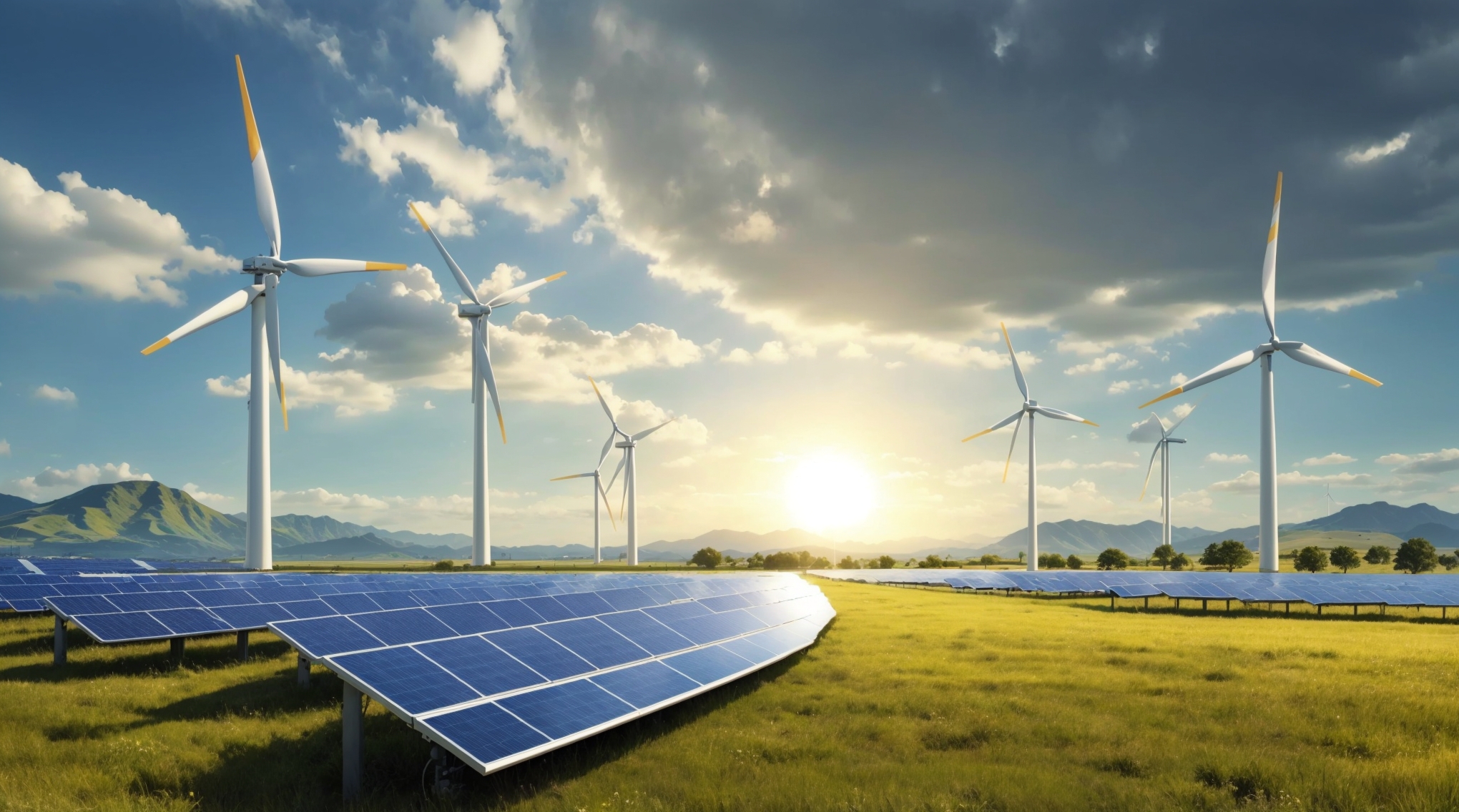Clean energy boomed in 2023, with 50% more renewables capacity added to energy systems around the world compared to the previous year.

Following COP28’s calls to triple renewable energy capacity by 2030, the increasing momentum to decarbonize could lead to the fastest growth in renewable energy in the next five years.
But key challenges remain, notably, the lack of financing for emerging and developing economies leading to unequal distribution of clean energy across the world.
China saw the most significant growth, commissioning the same volumes of solar PV in 2023 as the entire world did a year earlier, while the country’s wind power additions increased by 66% year-on-year.
Alongside China’s extraordinary growth, the US, Europe and Brazil also saw record-breaking increases in their renewable energy capacity.
Renewable power capacity additions will continue to increase in the next five years. Image: IEA
Renewables capacity is set to continue its upward trajectory over the next five years. Solar PV and wind power installations are expected to account for 96% of new capacity over the period, with additions predicted to more than double by 2028 compared to 2022 levels, reaching almost 710GW.
The power generation costs of these two clean energy sources are usually cheaper than alternative fossil fuel and non-fossil fuel alternatives, and policymakers are increasingly putting frameworks in place to promote them.
The IEA expects the following renewable energy milestones to be reached:
- 2024: Wind and solar PV jointly generate more electricity than hydropower.
- 2025: Renewables surpass coal as the largest source of electricity generation.
- 2025 and 2026: Wind and solar PV each surpass nuclear electricity generation.
- 2028: Renewable energy sources account for over 42% of global electricity generation, with the share of wind and solar PV doubling to 25%.
“The new IEA [Renewables 2023] report shows that under current policies and market conditions, global renewable capacity is already on course to increase by two-and-a-half times by 2030. It’s not enough yet to reach the COP28 goal of tripling renewables, but we’re moving closer – and governments have the tools needed to close the gap,” said IEA Executive Director Fatih Birol.
“For me, the most important challenge for the international community is rapidly scaling up financing and deployment of renewables in most emerging and developing economies, many of which are being left behind in the new energy economy. Success in meeting the tripling goal will hinge on this,” he said.
The COP28 climate talks in the United Arab Emirates called for a tripling of renewable energy capacity and a doubling of energy efficiency improvements by 2030.
“The real battle here would be in the 20 largest economies in the world, which also are the 20 largest emitters in the world,” John Kerry, US Special Presidential Envoy for Climate, told the audience of the Tripling Renewables: Make It Rapid and Responsible panel session at the World Economic Forum’s Annual Meeting 2024 in Davos.
“And if you get them moving, we can have amazing things happen,” he said.
Source: World Economics Forum